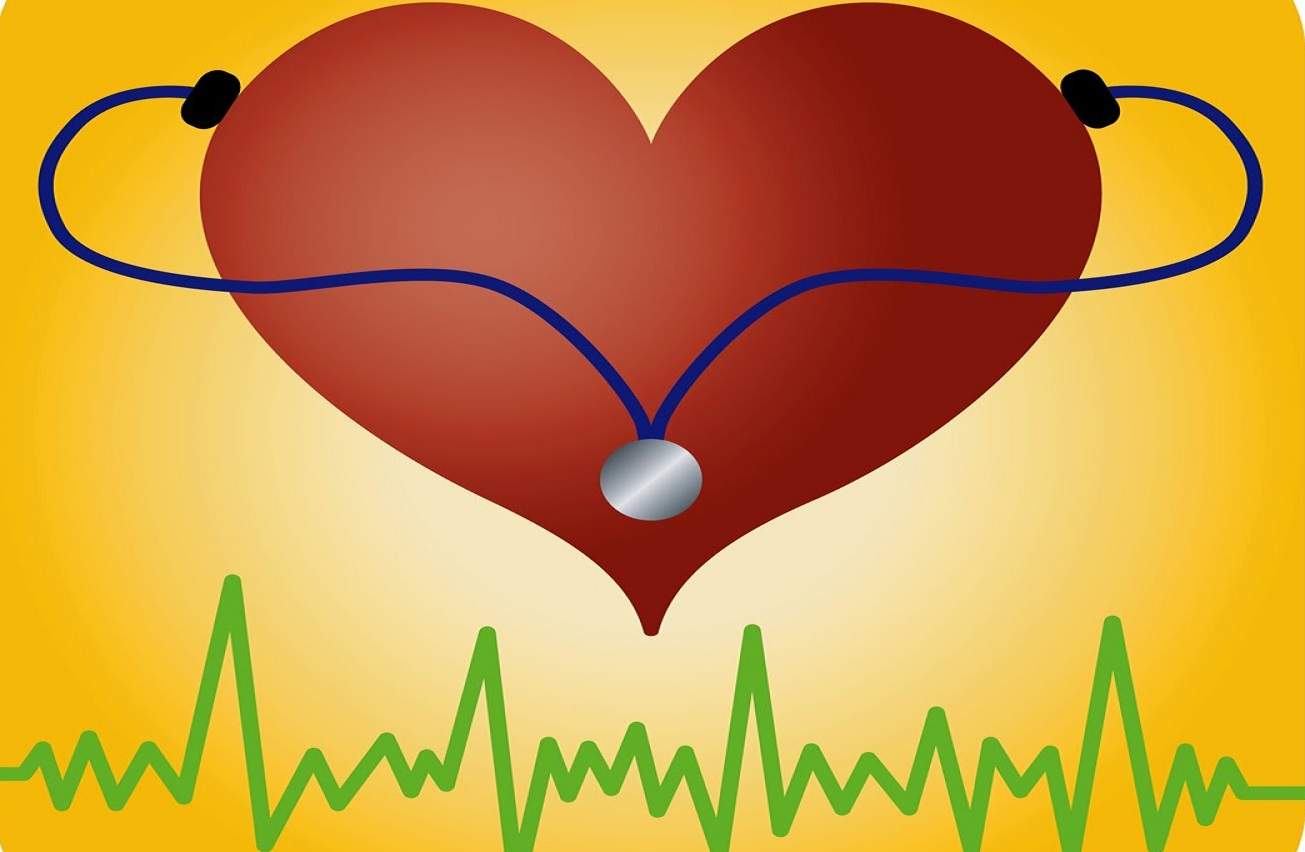Atrial fibrillation in endurance athletes has been getting a lot of coverage lately, especially for cyclists. It is a condition where the atria, the two smaller upper chambers of the heart do not beat in rhythm with the ventricles, the two lower chambers of the heart. Its symptoms are shortness of breath, weakness and heart palpitations, but often there are no symptoms. It can lead to significant medical conditions – both strokes and heart attacks.
Was it a Heart Attack?
When you hear about someone who is quite fit and middle aged having a heart attack, this is likely the cause. Heart attacks in the traditional sense, where a blockage or failure causes the heart to stop functioning correctly, are highly unlikely in someone that exercises regularly. Atrial fibrillation can be severe enough to interrupt delivery of oxygen, leading to heart attack-like conditions. The scary part is that you may not know you have atrial fibrillation until one of these signs pops up.
But most cases of atrial fibrillation share the common risk factors of heart disease. A much smaller percentage have atrial fibrillation because of genetics. Those are usually the cases of the heart attack in a fit person while exercising. There is treatment for atrial fibrillation, whether it is genetic or heart disease related, through medication, electrical therapy, and surgery.
Atrial Fibrillation in Endurance Athletes
Estimates count about 2.7 million Americans with atrial fibrillation. Most of those cases are associated with heart disease, but as the number of people exercising increases, so does the number of exercise related atrial fibrillation cases. The myocardial cells in the heart degrade as you age, a condition called myocardial fibrosis. It is stiffening of the cells of the heart muscle, resulting in less than optimal heart function. This can lead to atrial fibrillation because the muscle no longer can fire properly.
For the average endurance athlete, myocardial fibrosis and atrial fibrillation occur at the same rates as the general population. Elite endurance athletes may be at increased risk of myocardial fibrosis and atrial fibrillation because of the large cardiac loads they exert on their hearts. As many as twenty percent of endurance athletes have enlarged atria. Exercise has long been proven a benefit to overall health, including reducing the risk of heart disease, but the recent research on atrial fibrillation and endurance athletes shows an increased risk. Be aware that atrial fibrillation is likely to occur many years after starting an exercise regimen. It takes a long time with a lot of hard effort for myocardial fibrosis to develop. Someone who was an elite athlete at a younger age that has dialed back exercise is still at risk for atrial fibrillation.
Take the Risk
While endurance athletes are at increased risk for atrial fibrillation, they are at far lower risk of many other dangerous conditions: coronary disease, diabetes, thyroid conditions, obesity, stroke and most everything else associated with as sedentary lifestyle.
While you are continuing your cycling, always be in tune with your body. If you feel any of the symptoms of atrial fibrillation: weakness, heart palpitations and shortness of breath not associated with exercise intensity, see a doctor. There are medical interventions that can alleviate the atrial fibrillation, allowing you to continue your exercise and minimize the impact of the condition.
Beyond the awareness of knowing it exists, there is not much you can do for atrial fibrillation to minimize the risk. Continuing on the bike is the best option because it has so many other long-term health benefits. Listen to your body for any signs of atrial fibrillation. It is likely you will not have any, but if you do, get it checked out so you can get back on the bike as quickly as possible.
